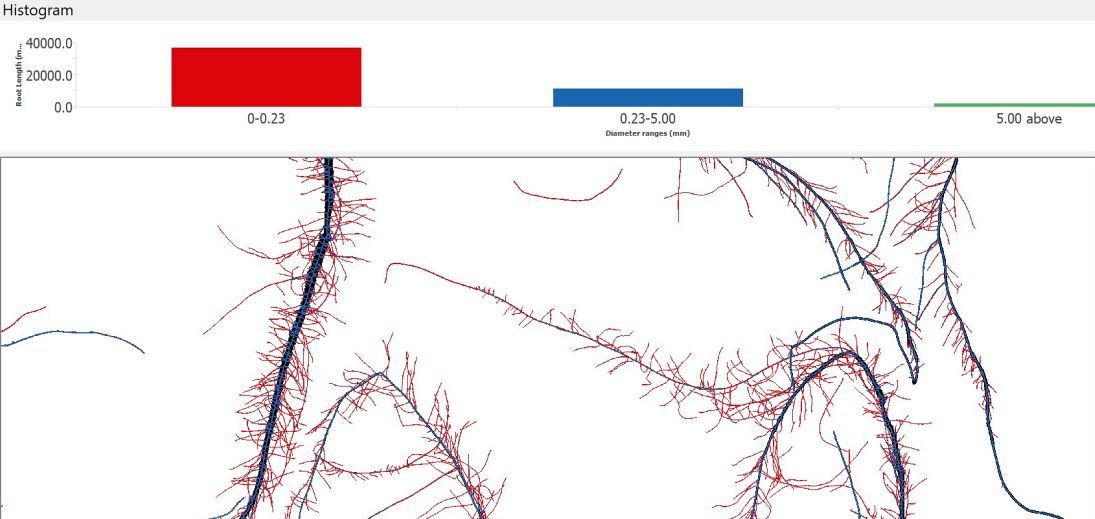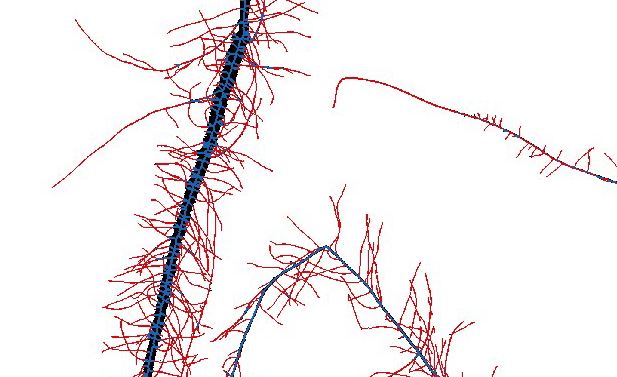We have acquired a brand new Epson scanner for root analyses
As you can see from the images, I eventually surrendered, and we then purchased an Expression 13000XL Pro. It comes with extremely high resolution (2400 x 4800 DPI), so now we can obtain excellent analyses of even the most slender lateral roots.

If some of you are experts within the field, you will immediately notice that we are not using WinRHIZO. Instead, we have opted for RhizoVision, which is open source, thereby keeping the costs at a reasonable level.

I honestly think that this close-up speaks for itself. The example is from rice grown under nutrient starvation, which causes the formation of numerous fine laterals. There are two types of laterals: the short ones that do not form aerenchyma and also not a barrier to radial O2 loss, and then the long ones that often branch and which are capable of forming both aerenchyma and a barrier in the outer part of the root, similar to adventitious roots.
If some of you are experts within the field, you will immediately notice that we are not using WinRHIZO. Instead, we have opted for RhizoVision, which is open source, thereby keeping the costs at a reasonable level.
I honestly think that this close-up speaks for itself. The example is from rice grown under nutrient starvation, which causes the formation of numerous fine laterals. There are two types of laterals: the short ones that do not form aerenchyma and also not a barrier to radial O2 loss, and then the long ones that often branch and which are capable of forming both aerenchyma and a barrier in the outer part of the root, similar to adventitious roots.
